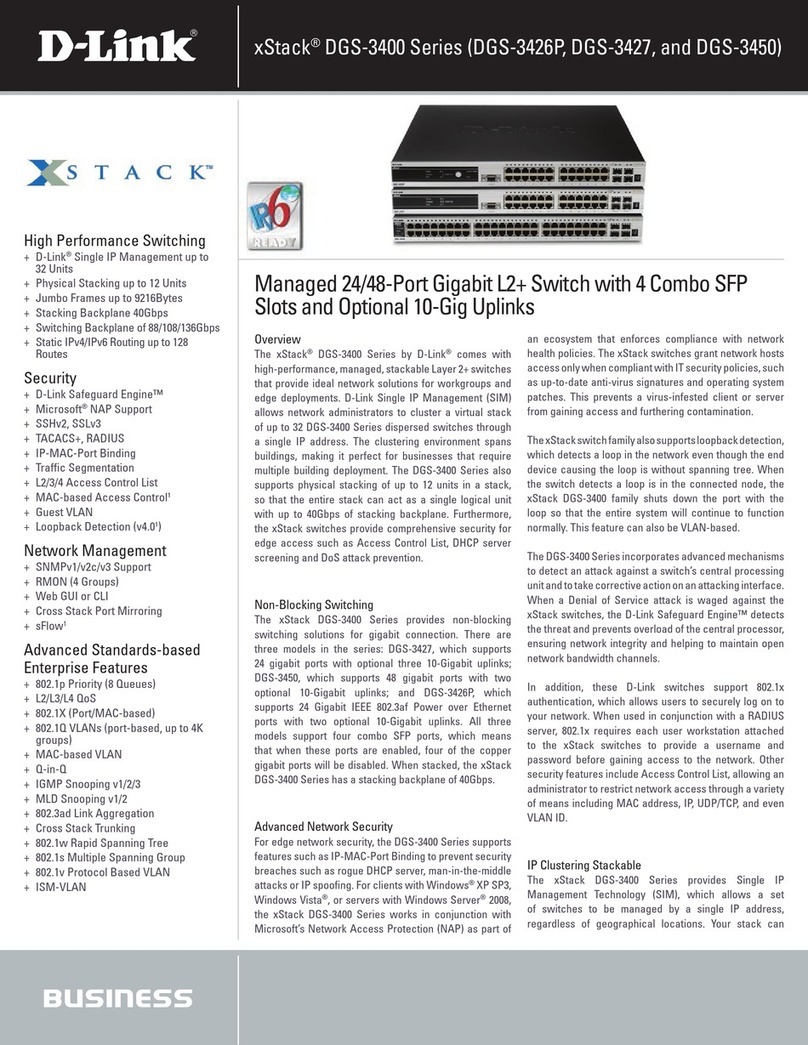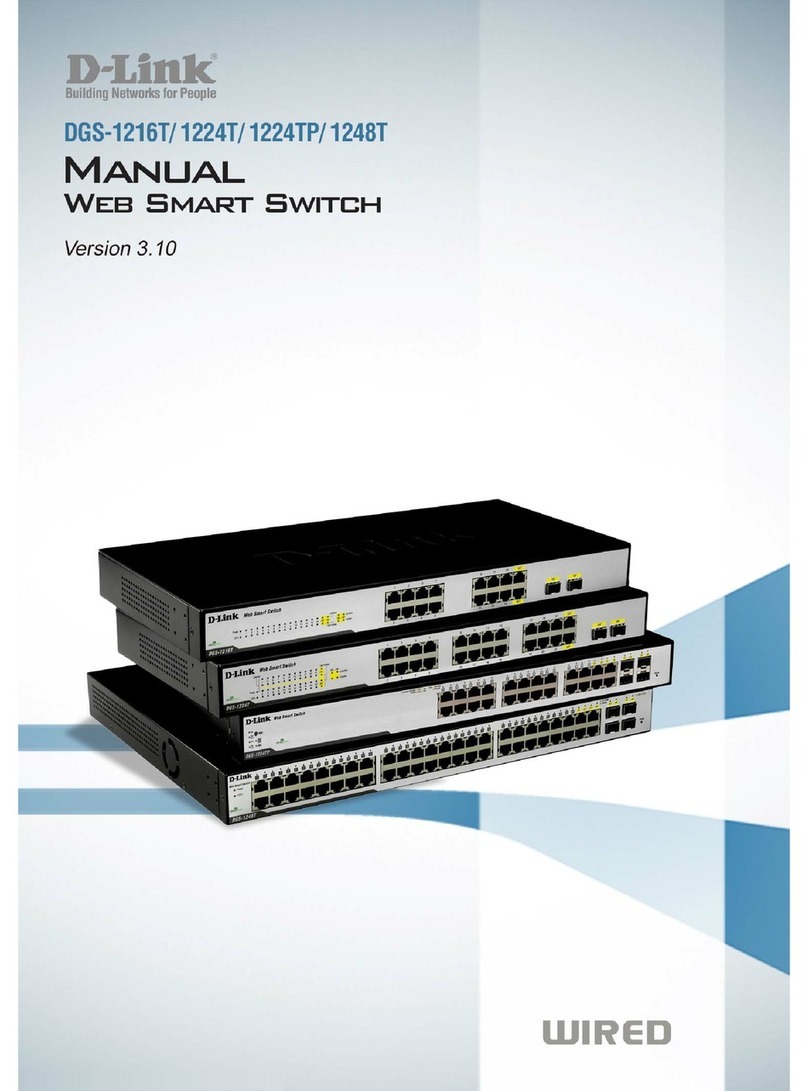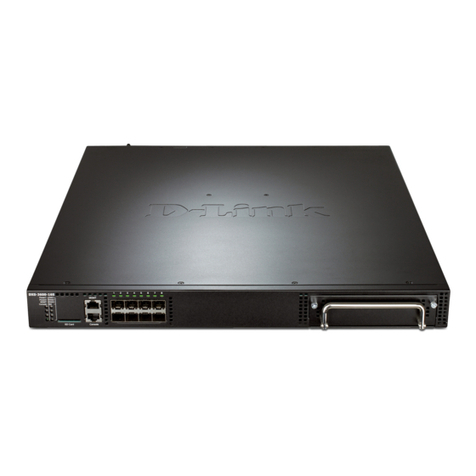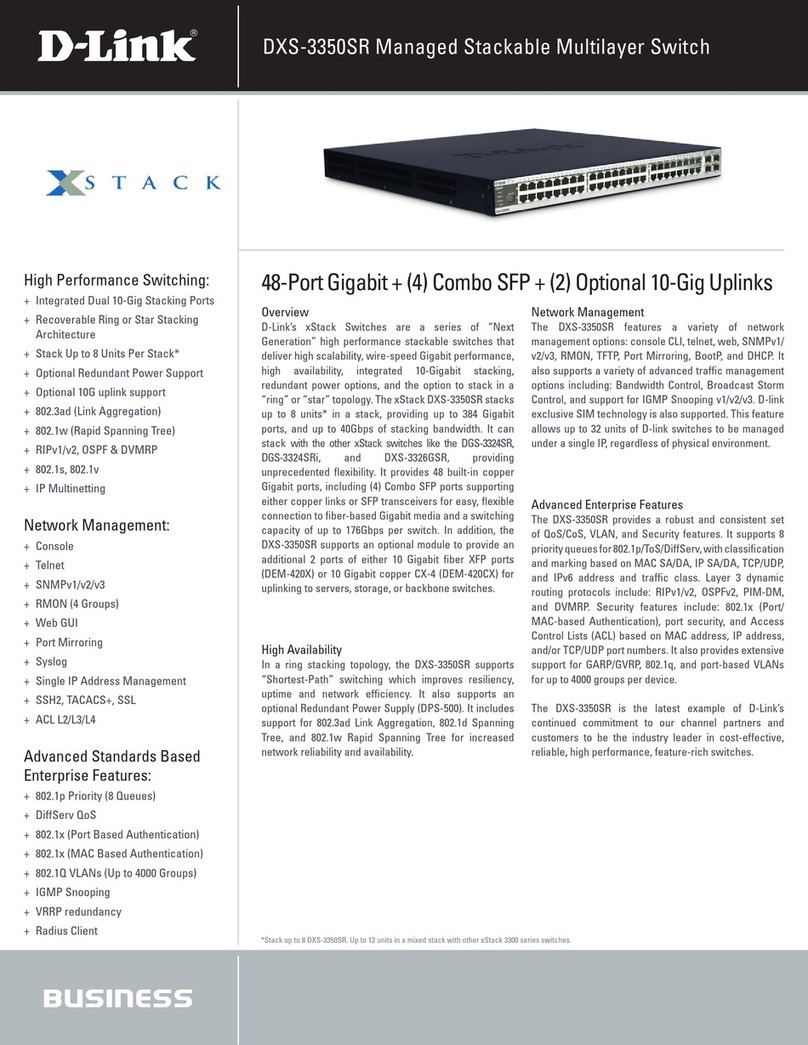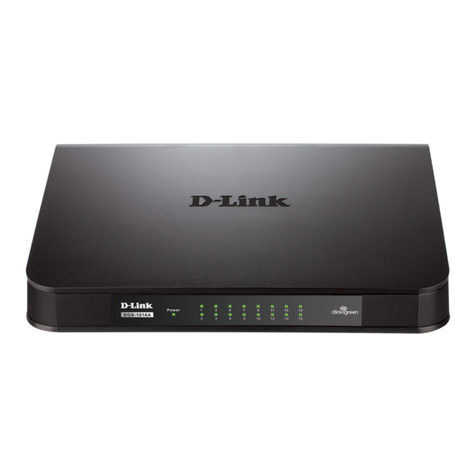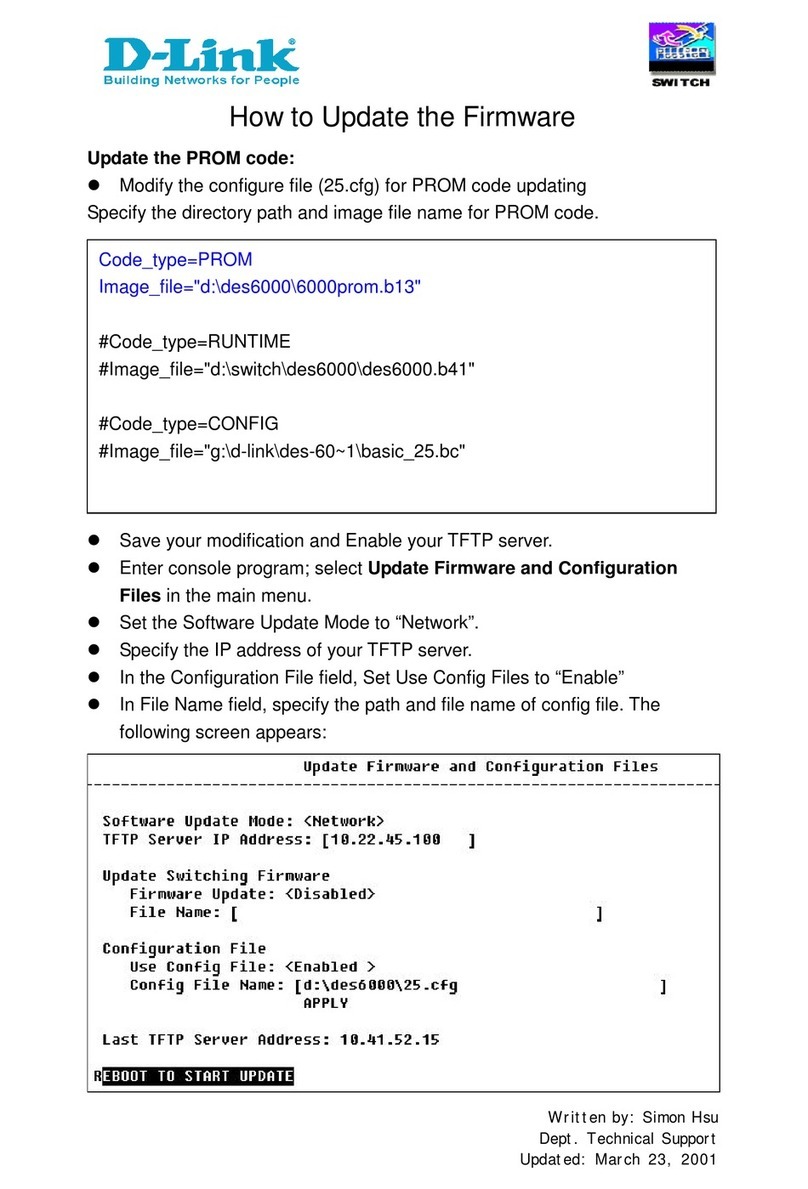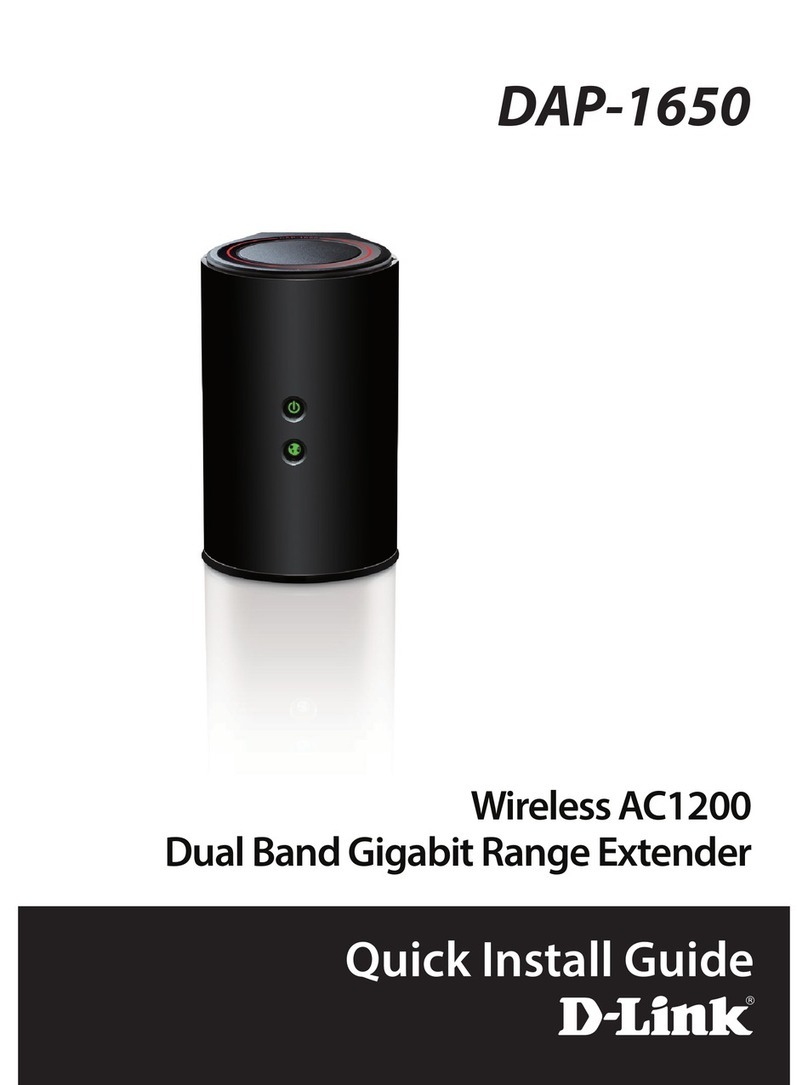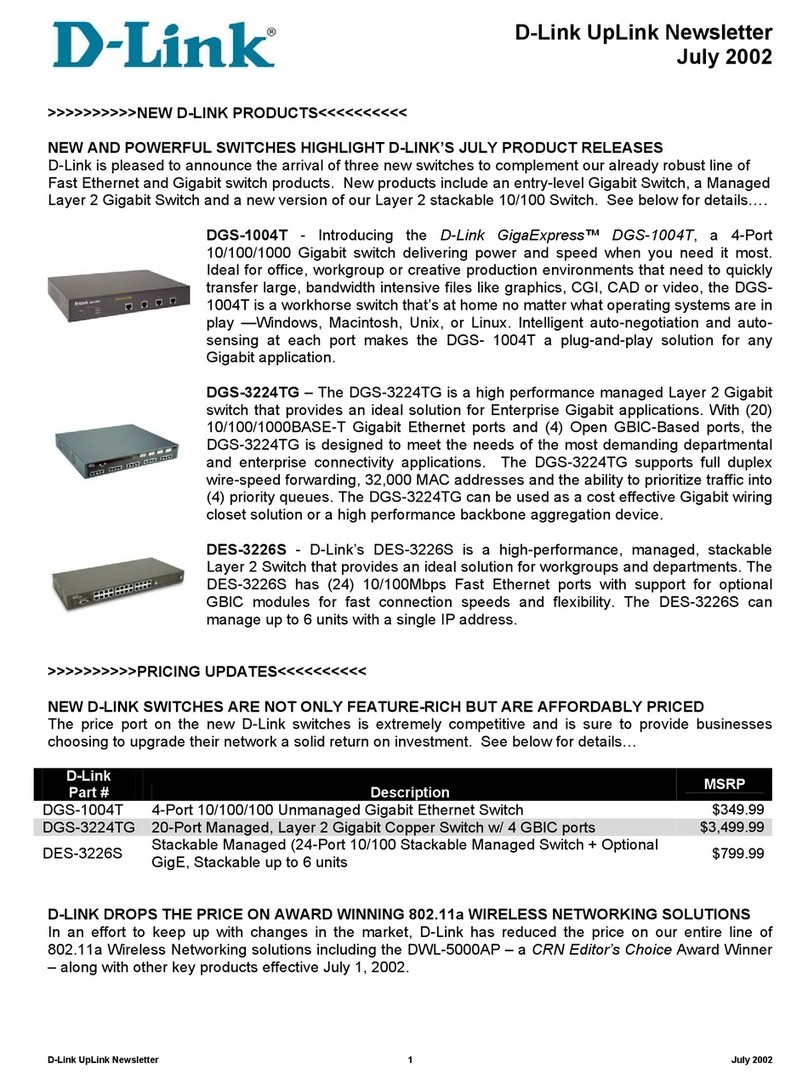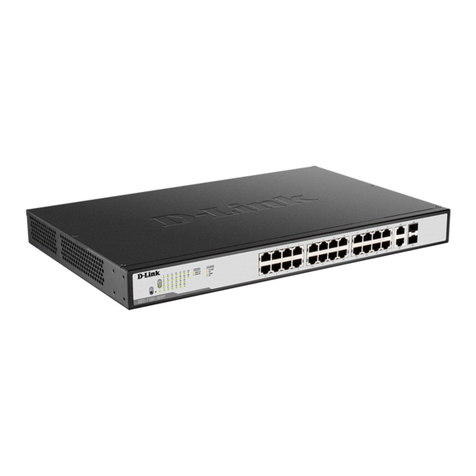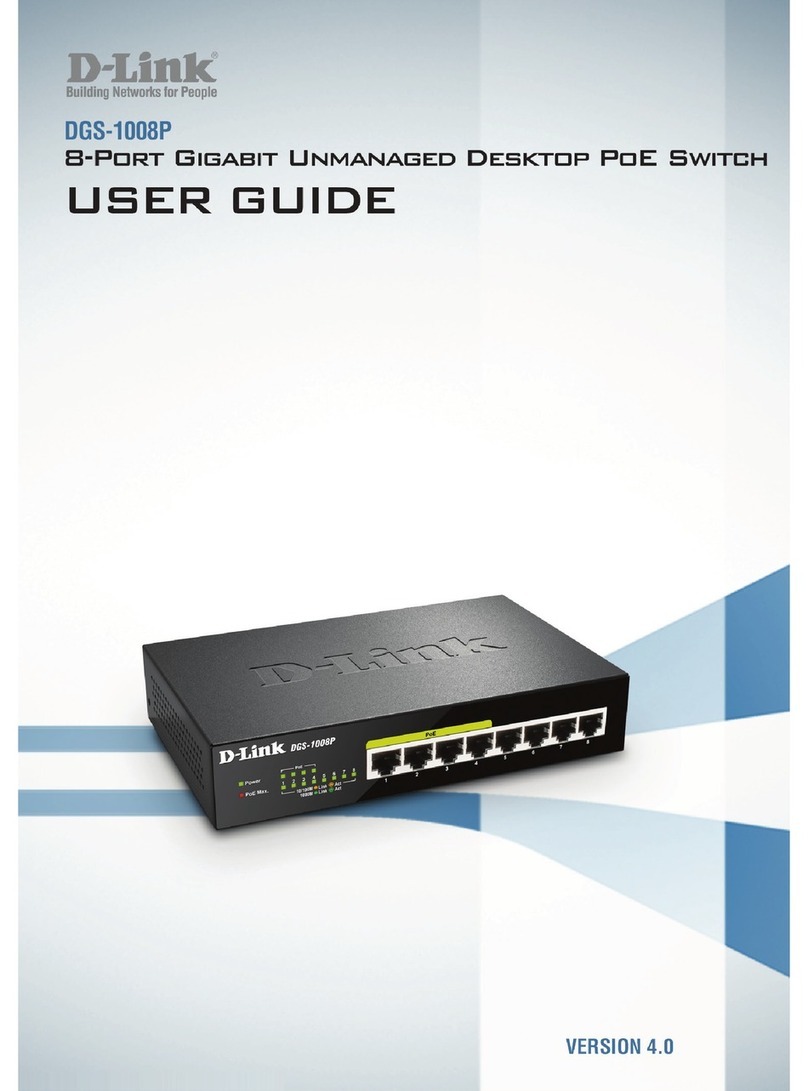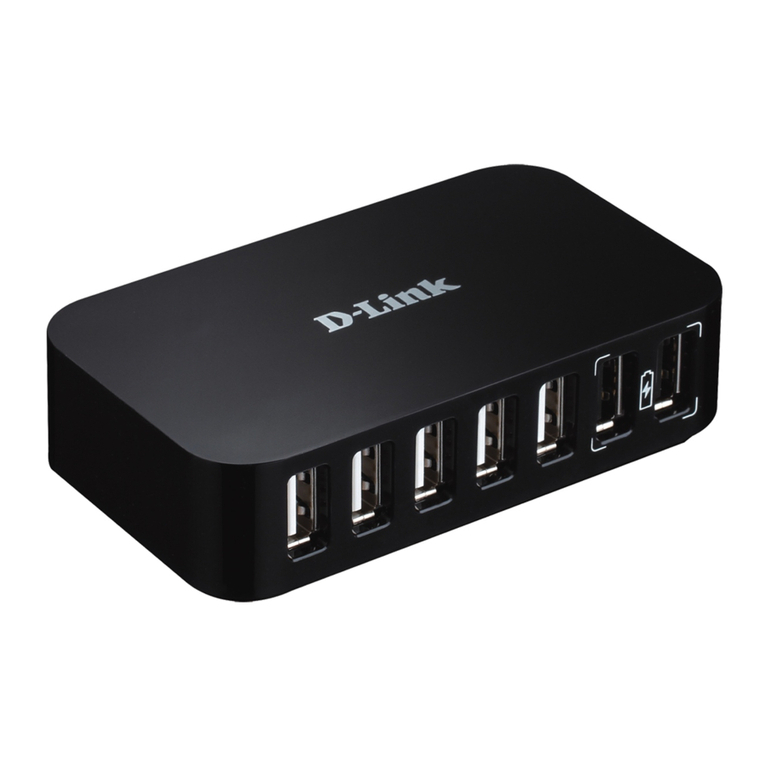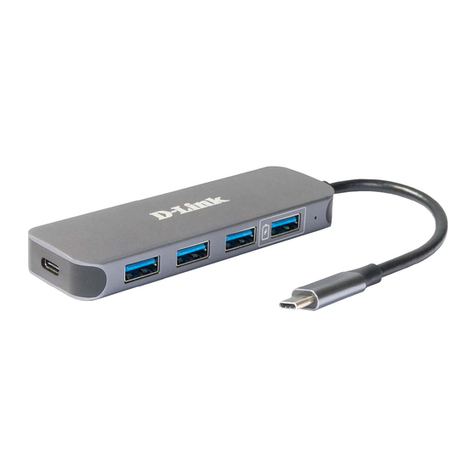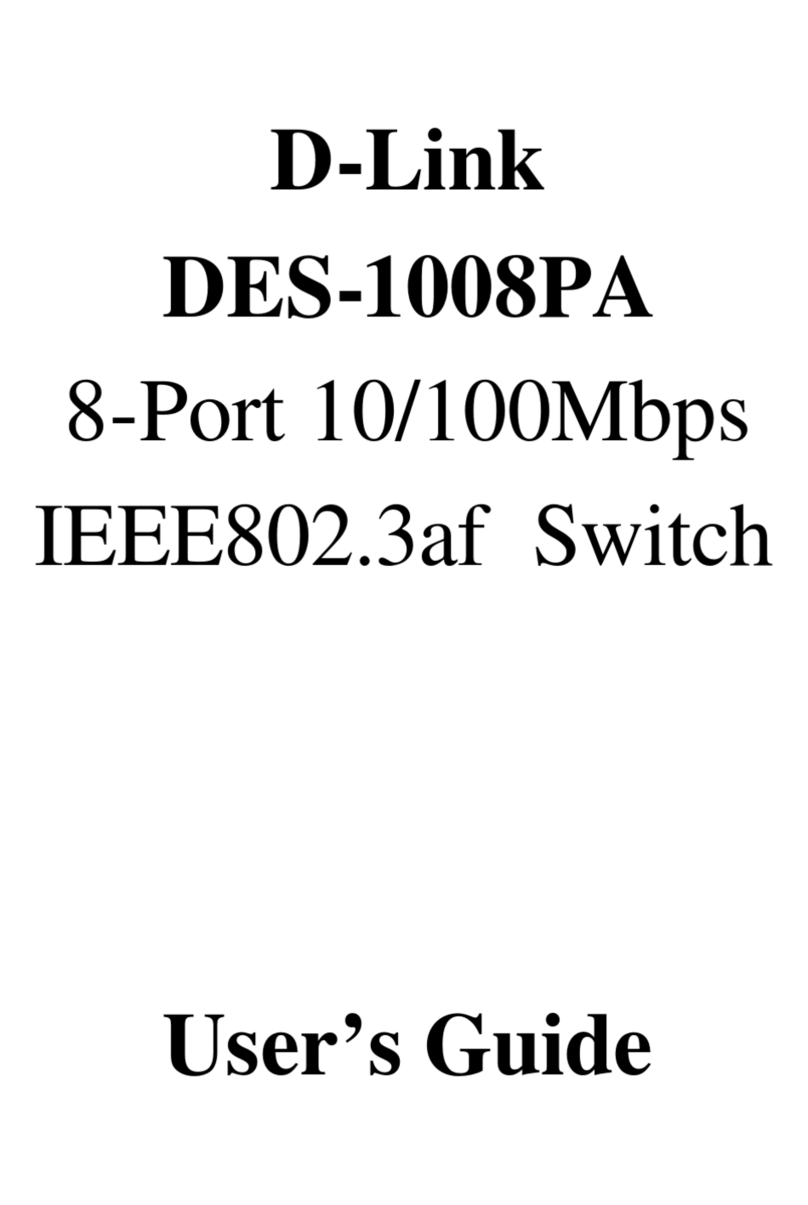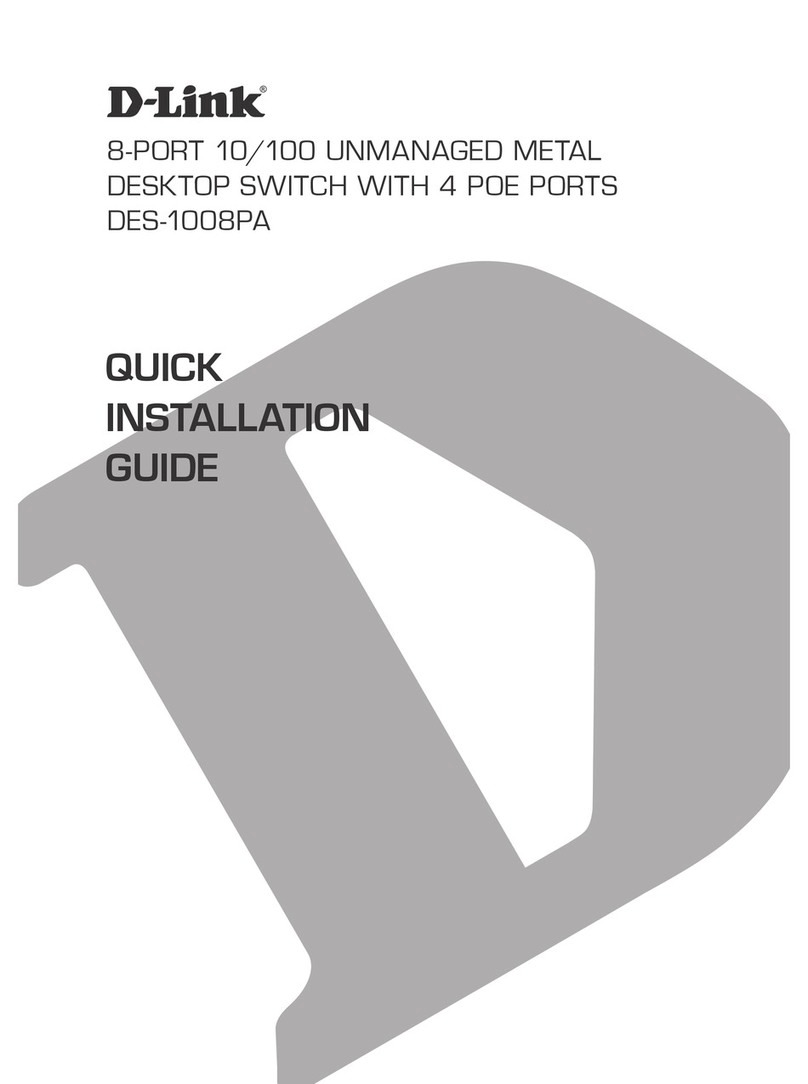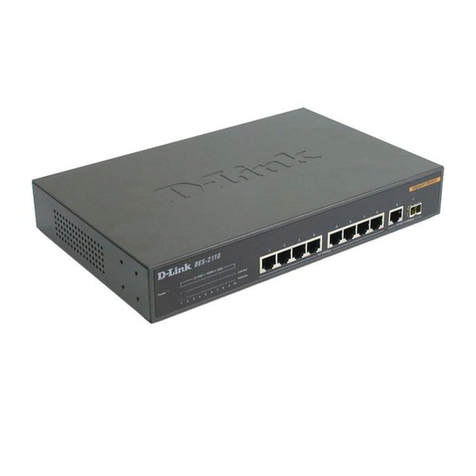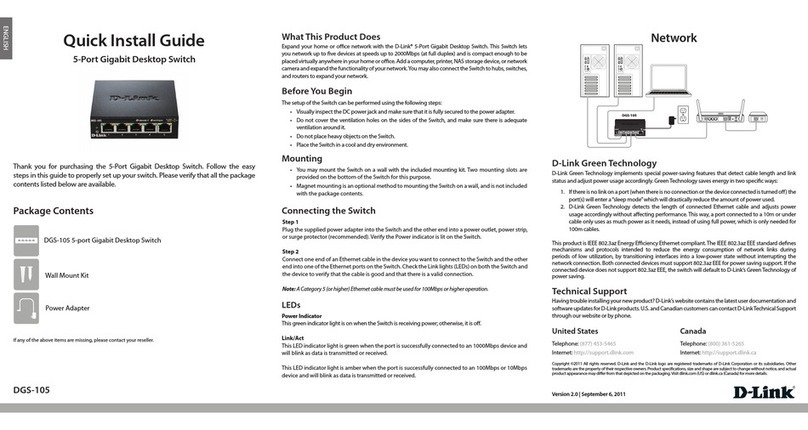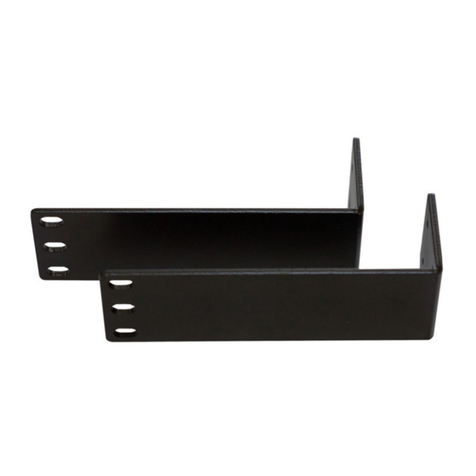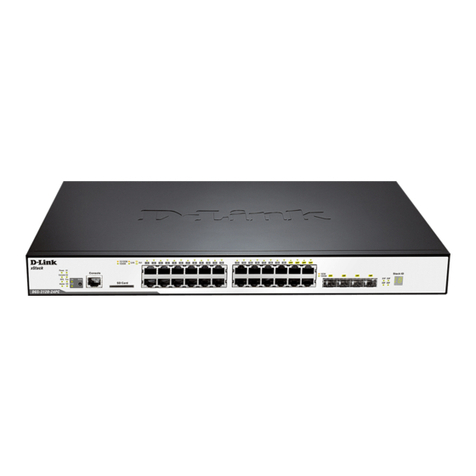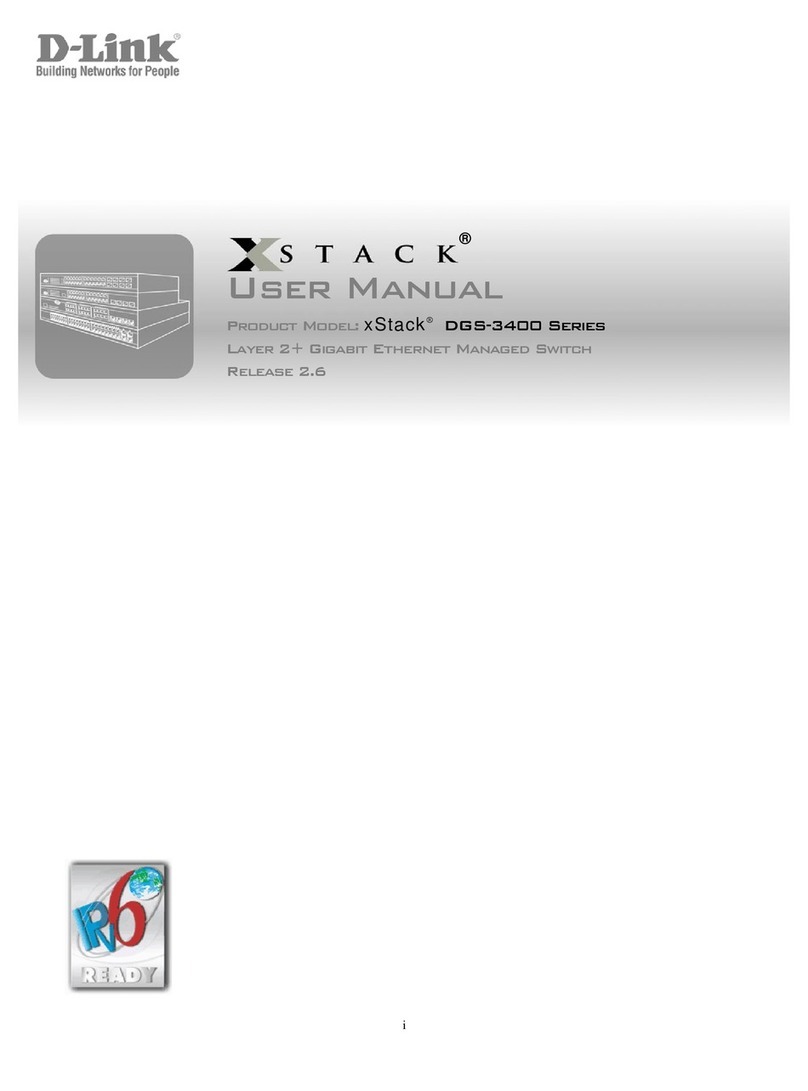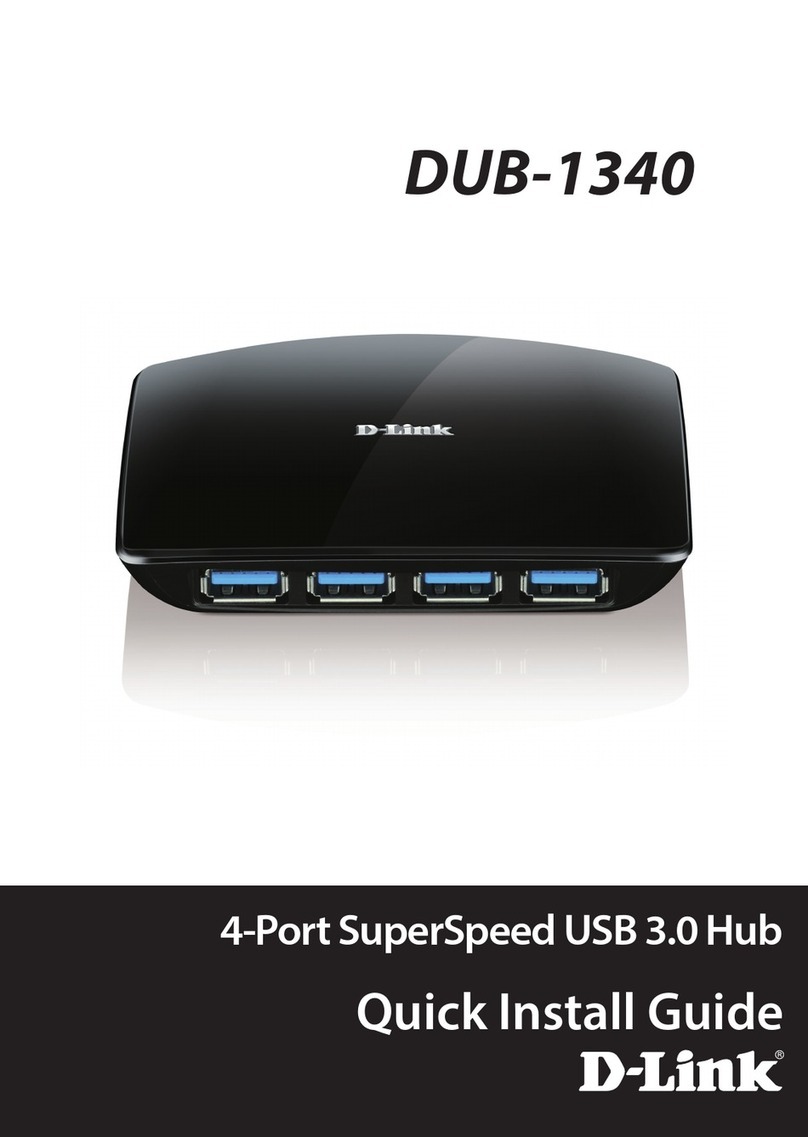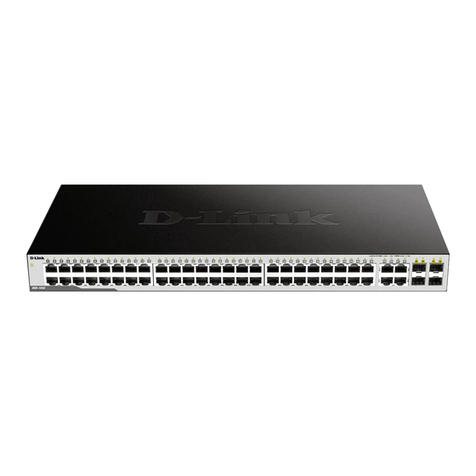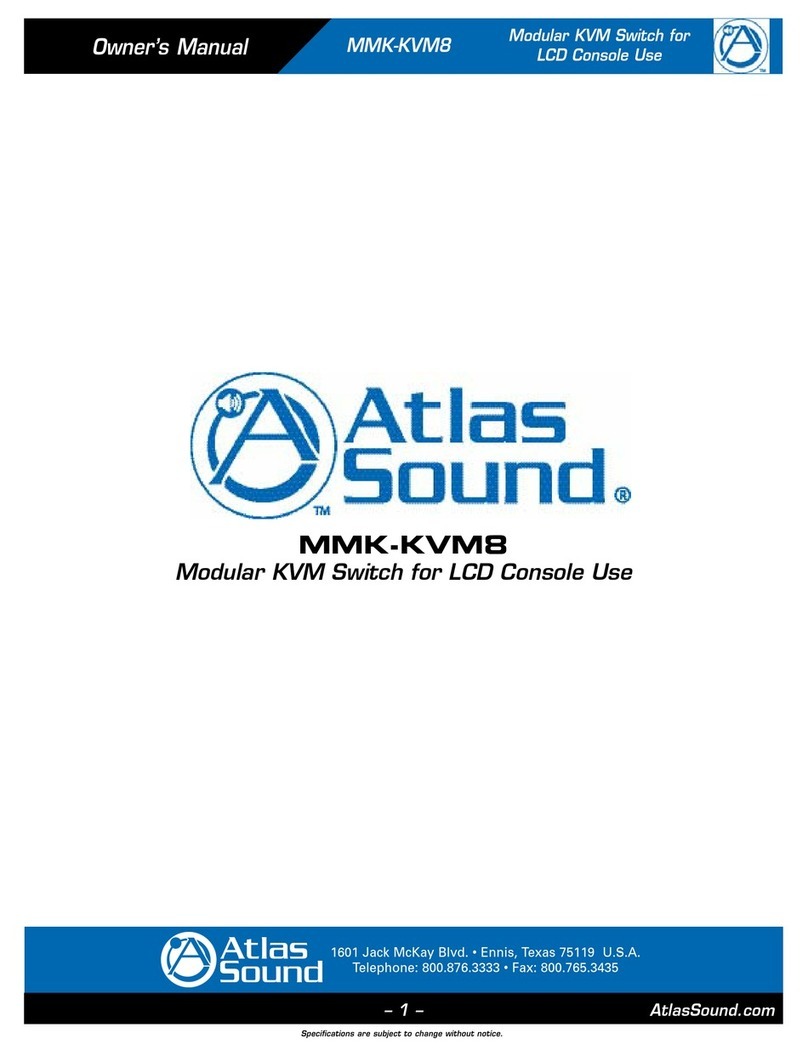xStack DGS-3600 Series Layer 3 Gigabit Ethernet Managed Switch
IP-MAC-Port Binding.................................................................................................................................................................. 61
ACL Mode ....................................................................................................................................................................................................61
IP-MAC Binding Port ...................................................................................................................................................................................63
IP-MAC Binding Table.................................................................................................................................................................................64
IP-MAC Binding Blocked.............................................................................................................................................................................65
sFlow............................................................................................................................................................................................ 66
sFlow Global Settings ...................................................................................................................................................................................66
sFlow Analyzer Settings................................................................................................................................................................................67
sFlow Sampler Settings.................................................................................................................................................................................69
sFlow Counter Poller Settings.......................................................................................................................................................................71
D-Link Single IP Management .................................................................................................................................................... 73
Single IP Management (SIM) Overview.......................................................................................................................................................73
SIM Using the Web Interface........................................................................................................................................................................74
Topology.......................................................................................................................................................................................................76
Tool Tips.......................................................................................................................................................................................................78
Right-Click....................................................................................................................................................................................................79
Menu Bar ......................................................................................................................................................................................................81
Firmware Upgrade ........................................................................................................................................................................................82
Configuration File Backup/Restore...............................................................................................................................................................82
Upload Log File ............................................................................................................................................................................................83
Layer 2 Features ............................................................................................................................................84
VLANs......................................................................................................................................................................................... 84
Understanding IEEE 802.1p Priority.............................................................................................................................................................84
VLAN Description........................................................................................................................................................................................84
IEEE 802.1Q VLANs....................................................................................................................................................................................85
Static VLAN Entry........................................................................................................................................................................................89
GVRP Setting................................................................................................................................................................................................91
Double VLANs .............................................................................................................................................................................................92
Protocol VLANs ...........................................................................................................................................................................................96
Protocol Group VLAN Settings ....................................................................................................................................................................97
Protocol VLAN Port Settings........................................................................................................................................................................98
Trunking....................................................................................................................................................................................... 99
Link Aggregation ........................................................................................................................................................................................100
LACP Port Settings.....................................................................................................................................................................................102
IGMP Snooping ......................................................................................................................................................................... 103
IGMP Snooping ..........................................................................................................................................................................................103
Router Port Settings ....................................................................................................................................................................................105
ISM VLAN Settings................................................................................................................................................................... 106
Limited IP Multicast Range ....................................................................................................................................................... 110
MLD Snooping .......................................................................................................................................................................... 111
MLD Control Messages ..............................................................................................................................................................................111
MLD Snooping Settings..............................................................................................................................................................................111
MLD Router Port Settings...........................................................................................................................................................................113
Spanning Tree ............................................................................................................................................................................ 115
v
